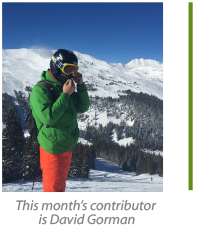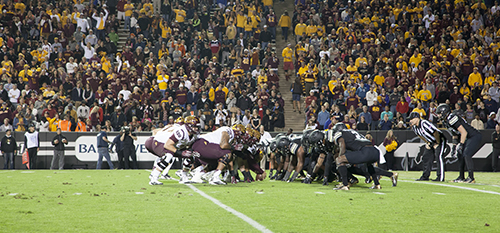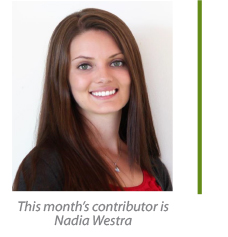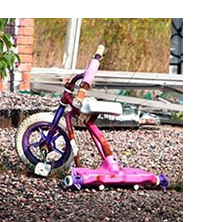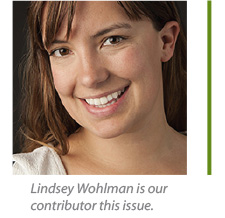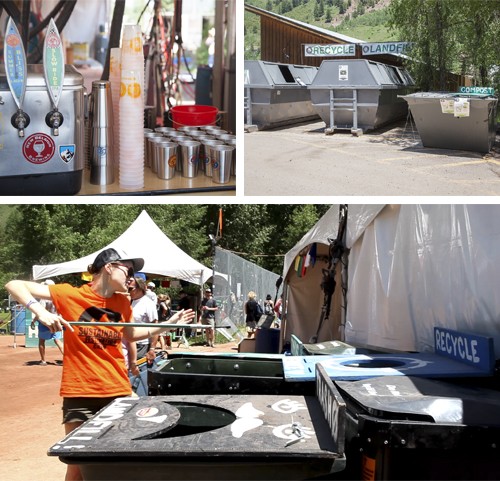‘Tis the season for the holidays! For many of us the holidays are a time for gathering with family and friends and sharing plenty of food, drink and merriment. And for many households, more food is prepared than can be consumed.
 Here in the U.S. we leave an insane amount of food unused. An average family of four leaves behind nearly $1,600 to $2,000 each year to food that is purchased but not eaten. Unfortunately of that unused food, 35 million tons goes to the landfill every year. “For the business sector, that economic impact is even more staggering,” says Mathy Stanislaus, assistant administrator to the Environmental Protection Agency’s Office of Land and Emergency Management (OLEM).
Here in the U.S. we leave an insane amount of food unused. An average family of four leaves behind nearly $1,600 to $2,000 each year to food that is purchased but not eaten. Unfortunately of that unused food, 35 million tons goes to the landfill every year. “For the business sector, that economic impact is even more staggering,” says Mathy Stanislaus, assistant administrator to the Environmental Protection Agency’s Office of Land and Emergency Management (OLEM).
A big part of addressing the problem is creating an awareness and educating the public on the social, economic and environmental impacts of unused food. With a better understanding of these impacts, setting goals to measure and improve food management is key to reducing food that becomes waste. In September 2015, the EPA and U.S. Department of Agriculture announced a new food-reduction goal: to cut the country’s food waste 50 percent by 2030.
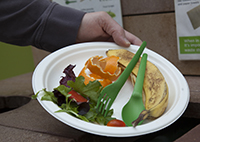 What can we do to reduce unused food? Starting small is usually always a good approach. Buy only what you need, plan and save, and be a smart consumer. Be aware of buying big quantities in an effort to save. Finally, make sure to use those composters! Composting food is vital to reaching our reduction goal, as it is how we keep unused food from becoming waste. Here are some resources for becoming more food savvy:
What can we do to reduce unused food? Starting small is usually always a good approach. Buy only what you need, plan and save, and be a smart consumer. Be aware of buying big quantities in an effort to save. Finally, make sure to use those composters! Composting food is vital to reaching our reduction goal, as it is how we keep unused food from becoming waste. Here are some resources for becoming more food savvy:
Let’s Talk Trash – USDA Center for Nutrition Policy and Promotion has developed a new infographic which provides food waste & loss facts and reduction tips.
FoodKeeper App – helps you understand food and beverage storage food and beverage storage.
EPS’s suggestions for reducing food waste.
How do you find a commercial composter near you? Check out www.findacomposter.com. It’s an on-line database that is searchable by ZIP code.
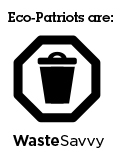 Hopefully we can all think of ways to be more mindful of limiting our unused food not only at the holidays but throughout the year. On that note, I like this fitting quote by EPA Administrator Gina McCarthy, “Let’s feed people, not landfills.”
Hopefully we can all think of ways to be more mindful of limiting our unused food not only at the holidays but throughout the year. On that note, I like this fitting quote by EPA Administrator Gina McCarthy, “Let’s feed people, not landfills.”
Happy Holidays
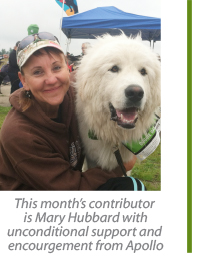 Every time I take a walk I see trash. Bits and pieces of this and that, large and small. For a long time I allowed the trash to ruin my day. I just couldn’t understand why people would simply toss something on the ground.
Every time I take a walk I see trash. Bits and pieces of this and that, large and small. For a long time I allowed the trash to ruin my day. I just couldn’t understand why people would simply toss something on the ground.
